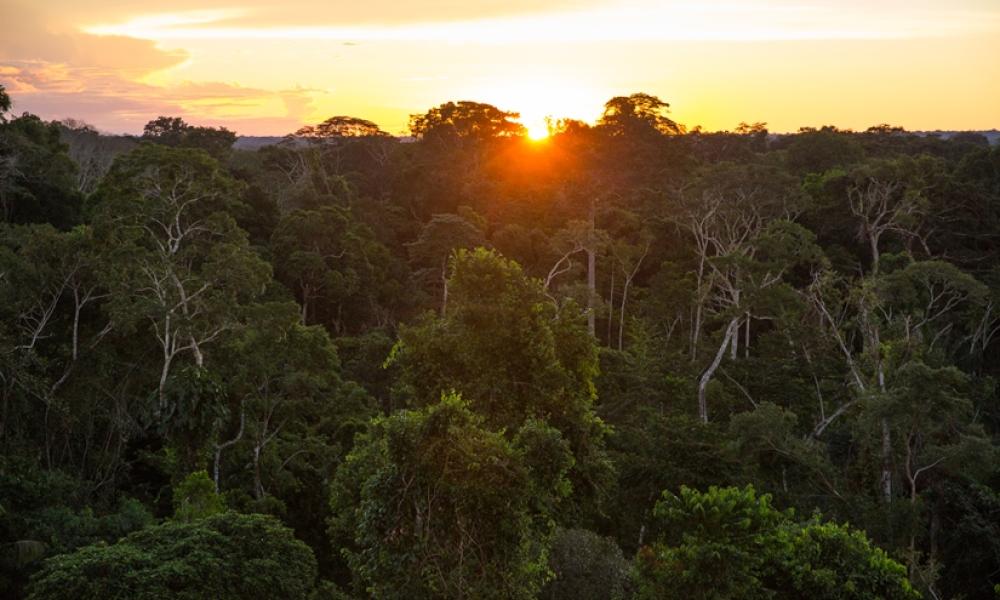
Wildlife in a warming world
Wildlife in a warming world
We all know global warming is damaging our planet - but just how bad will it be for wildlife in the future?
Our new research, published just ahead of Earth Hour, reveals some shocking findings. Almost half of plant and animal species in the world’s most naturally rich areas, such as the Amazon and the Galapagos, could face local extinction by the turn of the century due to climate change if carbon emissions continue to rise unchecked. Even if global warming is limited to 2°C, these places could lose 25% of their species.
The findings from our new Wildlife in a Warming World report are based on a landmark new study by the University of East Anglia, James Cook University, and WWF. The research examined the impact of climate change on nearly 80,000 plant and animal species in 35 of the world’s most diverse and naturally wildlife-rich areas.
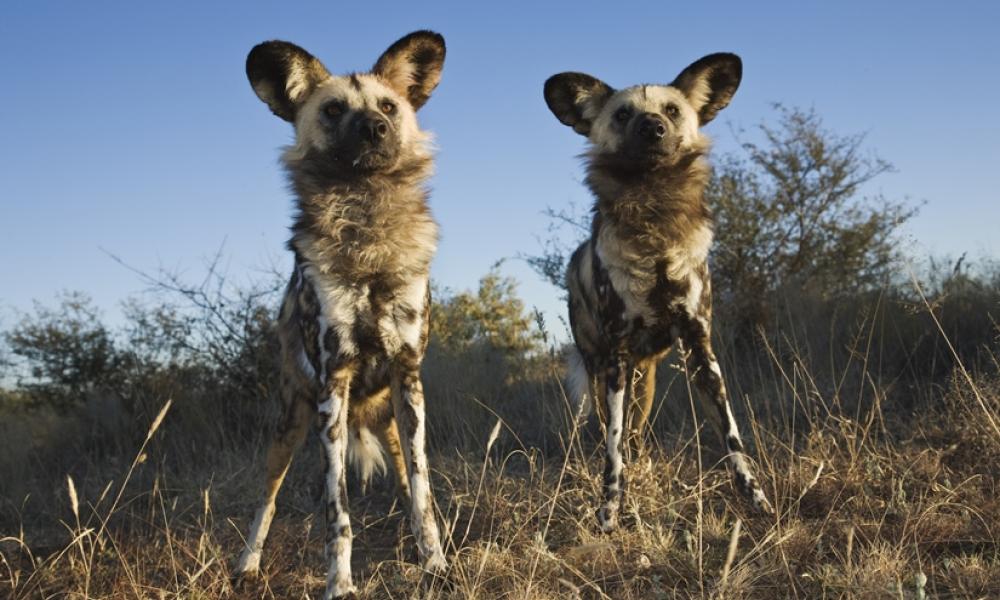
Global impacts
Global impacts
The report finds that the Miombo Woodlands, south-west Australia and the Amazon-Guianas are projected to be some the most affected areas.
With a 4.5°C global temperature rise, up to 80% of mammals and 86% of birds are at risk of local extinction in the Miombo woodlands, Southern Africa. In south-west Australia, 89% of amphibians could become locally extinct and the Amazon could lose 69% of its plant species.
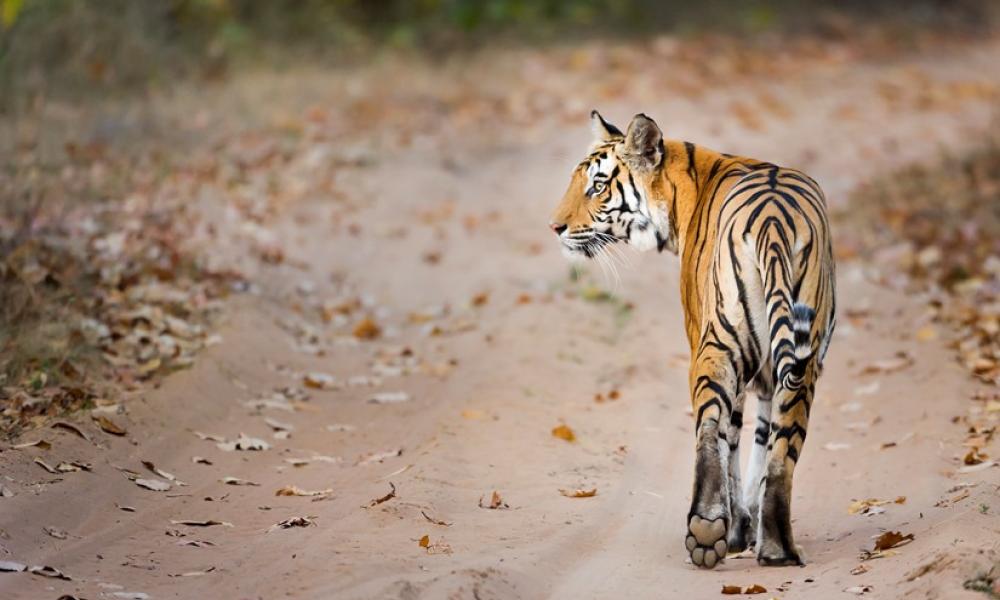
Dispersal can make a difference
Dispersal can make a difference
To survive, plants and animals confronted with climate change need to adapt within their environment, or move elsewhere. Our research found that if species can move freely to new locations then the risk of local extinction decreases from around 25% to 20% with a 2°C global temperature rise. However, most plants, amphibians and reptiles cannot move quickly enough keep up with these climatic changes.
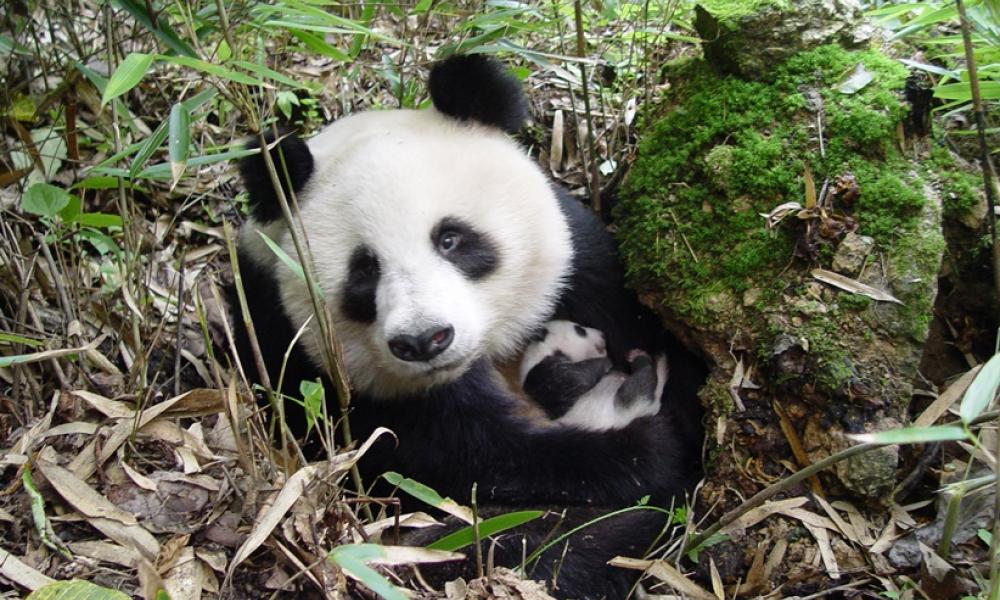
SPECIES IMPACTS
SPECIES IMPACTS
Across the globe, climate change will impact wildlife in different ways.
For example, African elephants need to drink around 150-300 litres a day. However hotter temperatures, less rain and more droughts will have a direct effect on elephant numbers.
African wild dogs are heat-sensitive typically hunting in the cooler periods of the day. Climate change will mean hotter days, potentially mean shorter hunting periods and less food, which has the knock-on effect of reduced pup survival.
Turtles are seriously threatened by climate change. Sand temperature is a factor in the sex of turtles and increasing temperatures may result in only female hatchlings. Climate change also brings rising sea levels, higher tides and more extreme weather events which can destroy turtle nesting sites.
The loss of plants will have damaging knock-on effects for many other species. For example, the bamboo that giant pandas rely on is likely to be impacted by warmer temperatures. A lack of nutrition could have serious consequences for panda survival.
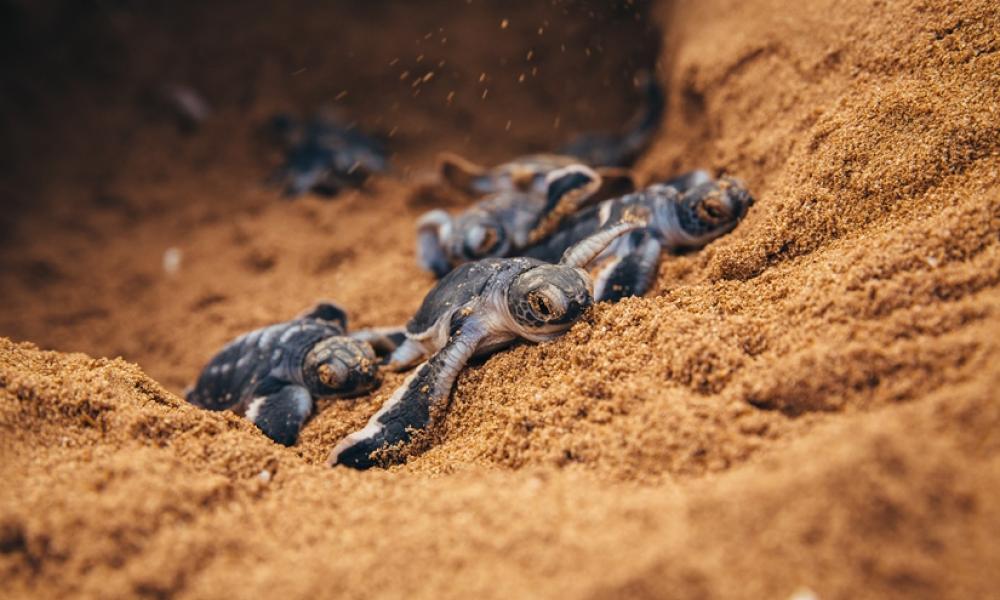
WE MUST TAKE ACTION ON CLIMATE CHANGE
WE MUST TAKE ACTION ON CLIMATE CHANGE
Our research shows that the best way to protect against species loss is to keep global temperature rise as low as possible. We need urgent action from global leaders to cut greenhouse gas emissions before it’s too late. We must have a rapid phase-out of fossil fuels – particularly coal, but also oil and gas.
Everyone can play their part in reducing the impacts of climate change. This Earth Hour make a Promise for the Planet and help us turn small actions into big change.
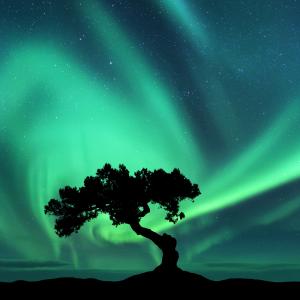 Earth Hour: small actions can make a big difference
Earth Hour: small actions can make a big difference
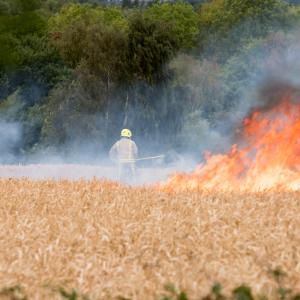 Our fight against climate change and global warming
Our fight against climate change and global warming